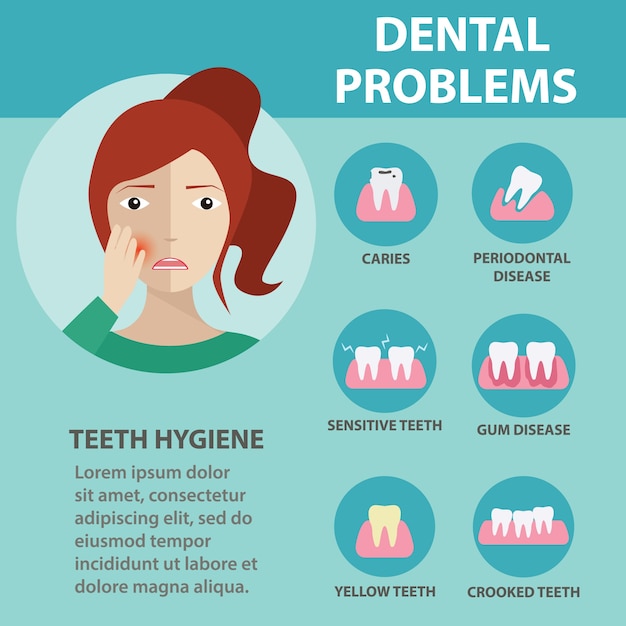Discover The Groundbreaking Developments Changing Oral Surgery. Check Out The Future Of The Area And Stay Successful. Click Currently For A Look Right Into Tomorrow!
Discover The Groundbreaking Developments Changing Oral Surgery. Check Out The Future Of The Area And Stay Successful. Click Currently For A Look Right Into Tomorrow!
Blog Article
Material By-Jama Browne
Invite to the world of dental surgery, where technologies and breakthroughs are shaping the future of the area! In this interesting world, you'll witness the transformative power of robotics, the advanced marvel of 3D printing, and the game-changing impact of minimally invasive techniques.
The future of oral surgery holds an assurance of accuracy, effectiveness, and improved client results. With the help of innovative robotics, cosmetic surgeons have the ability to perform complicated procedures with better precision and control.
3D printing modern technology is revolutionizing the development of oral implants and prosthetics, offering customized solutions that fit seamlessly right into each person's unique composition.
In addition, minimally invasive methods are decreasing post-operative pain and healing time, permitting clients to go back to their daily lives quicker.
Prepare yourself to explore the exciting advancements and breakthroughs that are improving the landscape of oral surgery!
Advancements in Robotics
One major advancement in dental surgery is the use of robot innovation, which enables exact and efficient surgical procedures. With the help of robot systems, oral doctors have the capability to do complicated surgical procedures with enhanced accuracy, decreasing the danger of human mistake.
These robot systems are equipped with sophisticated imaging technology and exact instruments that make it possible for cosmetic surgeons to navigate with elaborate physiological structures effortlessly. By utilizing robotic innovation, cosmetic surgeons can accomplish better medical precision, causing enhanced patient outcomes and faster recuperation times.
In addition, using robotics in oral surgery allows for minimally intrusive procedures, reducing the injury to bordering cells and advertising faster recovery.
3D Printing in Dental Surgery
To improve the area of dental surgery, you can check out the subtopic of 3D printing in dental surgery. This cutting-edge technology has the possible to revolutionize the way dental cosmetic surgeons operate and treat patients. Below are https://www.healthline.com/health/dental-and-oral-health/does-invisalign-hurt in which 3D printing is forming the area:
- ** Personalized Surgical Guides **: 3D printing allows for the production of very exact and patient-specific medical guides, improving the precision and performance of procedures.
- ** Implant Prosthetics **: With 3D printing, oral doctors can develop tailored implant prosthetics that flawlessly fit an individual's unique composition, leading to better outcomes and patient fulfillment.
- ** Bone Grafting **: 3D printing makes it possible for the manufacturing of patient-specific bone grafts, lowering the demand for conventional grafting methods and enhancing healing and recovery time.
- ** Education and learning and Educating **: 3D printing can be used to develop sensible medical models for academic objectives, allowing oral cosmetic surgeons to practice complicated procedures prior to performing them on individuals.
With its potential to enhance accuracy, customization, and training, 3D printing is an amazing advancement in the field of oral surgery.
Minimally Invasive Techniques
To further progress the field of dental surgery, accept the capacity of minimally intrusive methods that can considerably benefit both specialists and clients alike.
Minimally invasive strategies are changing the area by minimizing medical trauma, minimizing post-operative discomfort, and speeding up the healing procedure. These methods include making use of smaller sized cuts and specialized instruments to do procedures with accuracy and performance.
By making early childhood caries treatment of sophisticated imaging modern technology, such as cone light beam calculated tomography (CBCT), doctors can precisely plan and implement surgical treatments with marginal invasiveness.
In addition, using lasers in oral surgery enables exact cells cutting and coagulation, resulting in decreased blood loss and reduced healing time.
With minimally intrusive methods, clients can experience much faster recuperation, minimized scarring, and enhanced results, making it an essential element of the future of dental surgery.
root canal vs implant , as you can see, the future of dental surgery is incredibly appealing, with exciting technologies and breakthroughs forming the area.
From the improvements in robotics to using 3D printing and minimally intrusive techniques, oral surgeons are changing the means they provide care.
While some may stress over the prospective expense connected with these improvements, it is very important to bear in mind that these technologies ultimately improve person end results and decrease recovery time, making them well worth the financial investment in the long run.
